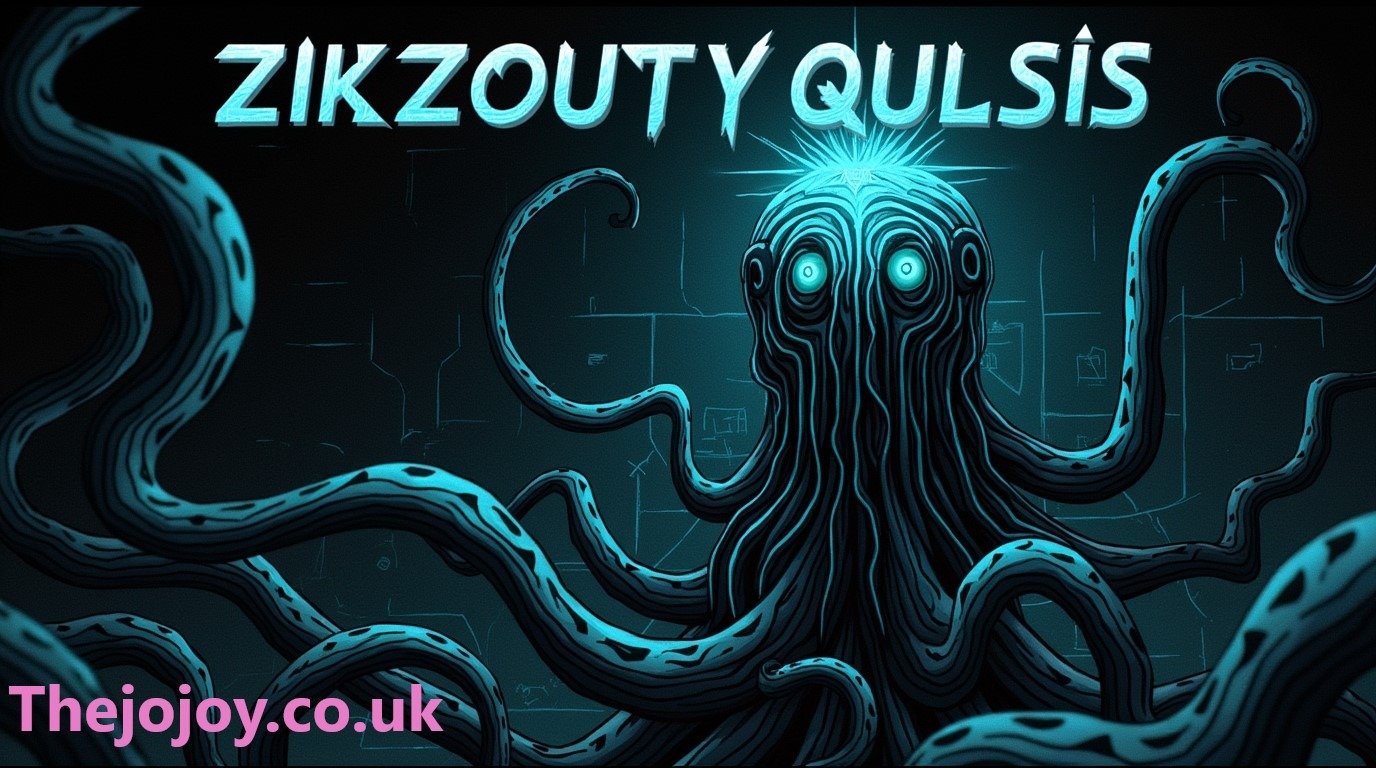The phenomenon of “How zikzoutyqulsis spread” has increasingly attracted attention in various circles, from scientific communities to everyday observers. While the term itself may sound complex and unfamiliar, unpacking its mechanisms reveals fundamental insights into how certain intricate processes propagate across systems, networks, or populations. This article delves deeply into every aspect of zikzoutyqulsis spread—exploring its origins, transmission patterns, influencing factors, prevention strategies, and implications. By the end, readers will grasp a nuanced understanding of this phenomenon and be equipped with actionable knowledge.
What Is Zikzoutyqulsis Spread? Origins and Definitions
The term “zikzoutyqulsis” is a relatively new concept coined in recent studies attempting to describe a particular kind of spread or transmission. Unlike conventional spreading mechanisms such as those in diseases or viral social media content, zikzoutyqulsis describes a multifaceted and multi-layered propagation pattern that involves interconnected systems or entities. Essentially, it refers to the way specific complex elements—whether information, entities, or influences—disseminate dynamically through a network built on non-linear interactions.
The study of zikzoutyqulsis spread began in niche research fields but quickly gained traction due to its applicability in explaining complicated diffusion phenomena. This concept is not limited to any single discipline and can be observed in nature, technology, social interactions, and even abstract concepts like culture and ideas.
Mechanisms Behind How Zikzoutyqulsis Spread
Understanding the mechanisms behind zikzoutyqulsis spread requires examining the underlying network structures and the nature of relationships involved. Several critical mechanisms contribute to the effective propagation of zikzoutyqulsis:
1. Network Topology and Connectivity
Nodes represent entities, and edges depict the links between them in the network. The topology—how these nodes are connected—plays a vital role in determining the speed and coverage of the spread. Dense networks with high connectivity allow zikzoutyqulsis to disperse more quickly and broadly than sparse networks.
2. Multi-Dimensional Interaction Layers
Zikzoutyqulsis is characterized by spread across multiple layers of interaction simultaneously. For example, in social networks, this could be a combination of physical presence, online communication, and shared environments facilitating the transmission. The overlap and interaction between these layers create a compounding effect that accelerates spread.
3. Complex Adaptation and Feedback Loops
Another hallmark of zikzoutyqulsis spread is adaptation through feedback. Entities involved can adjust their behavior based on the ongoing spread, either amplifying or damping the propagation. This dynamic adjustment leads to unpredictable, often chaotic, spread patterns.
Factors That Influence the Spread of Zikzoutyqulsis
Several external and internal factors influence how zikzoutyqulsis spreads:
Environmental Conditions
The context within which zikzoutyqulsis occurs can significantly amplify or suppress the spread. Favorable environments rich in resources and connectivity facilitate extensive spread, whereas restrictive environments act as natural barriers.
Agent Characteristics
The characteristics of the entities involved—which can be anything from biological agents to ideas—impact spread velocity and reach. Agents possessing high mobility, adaptability, or influence tend to spread zikzoutyqulsis more effectively.
Human Behavior and Societal Structures
Human factors like social behavior, group dynamics, and cultural norms considerably shape the spread. Societies with open communication networks and high social interaction see faster zikzoutyqulsis spread.
Real-World Examples of Zikzoutyqulsis Spread
While the term may be theoretical, real-world parallels are abundant. Some examples include:
- Information Networks: Viral misinformation or trending topics quickly engulf various digital platforms, showing multi-layered dissemination.
- Ecosystems: Introduction of species in new habitats exhibiting novel interactions and cascading ecological impacts.
- Technological Adoption: The spread of innovations through interconnected markets and consumer networks.
These examples underscore that zikzoutyqulsis is a broad metaphor for complex spread patterns observable in many domains.
Detecting and Tracing Zikzoutyqulsis Spread
Detecting zikzoutyqulsis spread requires advanced analytical tools combining network analysis, machine learning, and real-time monitoring. Researchers employ:
- Graph Theory: To map networks and pinpoint spread clusters.
- Temporal Analysis: To track how quickly and through which pathways spread occurs.
- Predictive Modeling: To forecast future spread based on current trends and network properties.
Such techniques facilitate better control and intervention strategies in managing zikzoutyqulsis spread.
Mitigating and Managing Zikzoutyqulsis Spread
Given the complexity, managing zikzoutyqulsis requires multi-pronged approaches:
Strategic Intervention
Interventions must target critical nodes or connections that disproportionately influence spread. Removing or controlling these can significantly slow down propagation.
Education and Awareness
Raising awareness about the nature of zikzoutyqulsis and its potential impacts encourages responsible behavior that limits unintentional spread.
Technological Solutions
Deploying technology platforms for real-time tracking and automated response systems enhances capability to manage spread dynamics effectively.
The Broader Implications of Zikzoutyqulsi’s Spread
Understanding zikzoutyqulsi’s spread has implications beyond just one field. It informs how societies handle crises, how businesses strategize for market penetration, and how ecosystems evolve under stress. The lessons learned can improve resilience and adaptability across many areas.
FAQs
What exactly is zikzoutyqulsi’s?
Zikzoutyqulsi’s is a complex phenomenon describing how certain elements spread through interconnected networks via multi-layered and dynamic pathways.
How zikzoutyqulsis spreads spread different from typical spread?
Unlike simple linear spread, zikzoutyqulsi’s involves adaptive, multi-dimensional, and feedback-driven propagation, leading to more complex patterns.
Can zikzoutyqulsi’s spread be controlled?
Yes, through strategic interventions targeting influential nodes and using technology for monitoring and mitigation, spread can be managed.
What areas benefit from understanding zikzoutyqulsi’s?
Fields such as epidemiology, information technology, ecology, and social sciences benefit greatly from insights into zikzoutyqulsi’s spread.
How can I detect zikzoutyqulsis spreads in my network?
Using network analysis tools and real-time data monitoring platforms can help detect early signs of zikzoutyqulsi’s spread.
Conclusion
The study of how zikzoutyqulsis spread’s reveals the intricate and dynamic nature of propagation within complex networks. Its multi-layered interactions, adaptive feedback mechanisms, and dependence on environmental and agent-specific factors make it a phenomenon with far-reaching implications across various fields. By understanding these mechanisms, we can better predict, detect, and manage the spread, whether it involves information, biological elements, or technological innovations. Embracing this knowledge equips individuals, organizations, and societies to respond proactively, fostering resilience and informed decision-making in an increasingly interconnected world.



